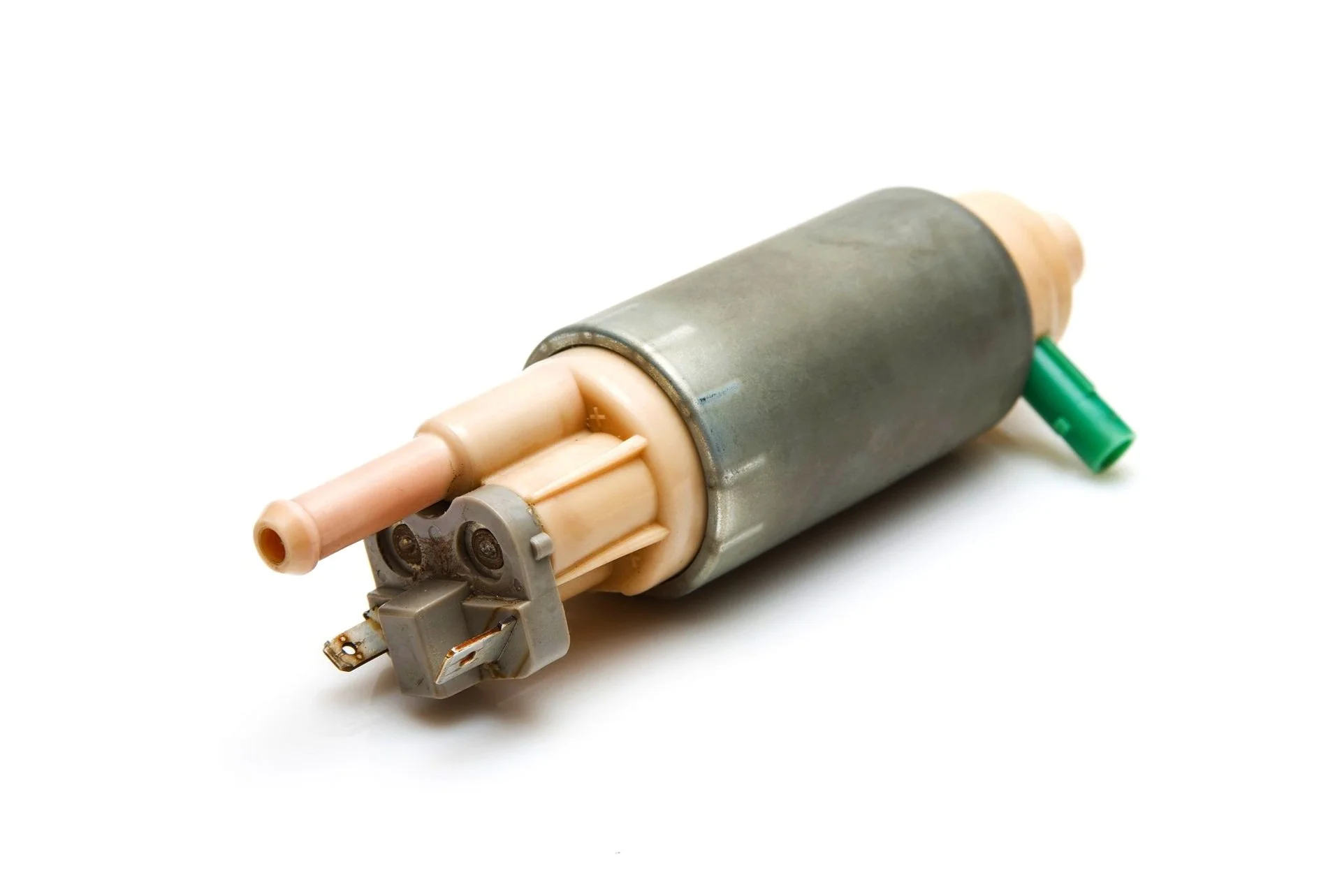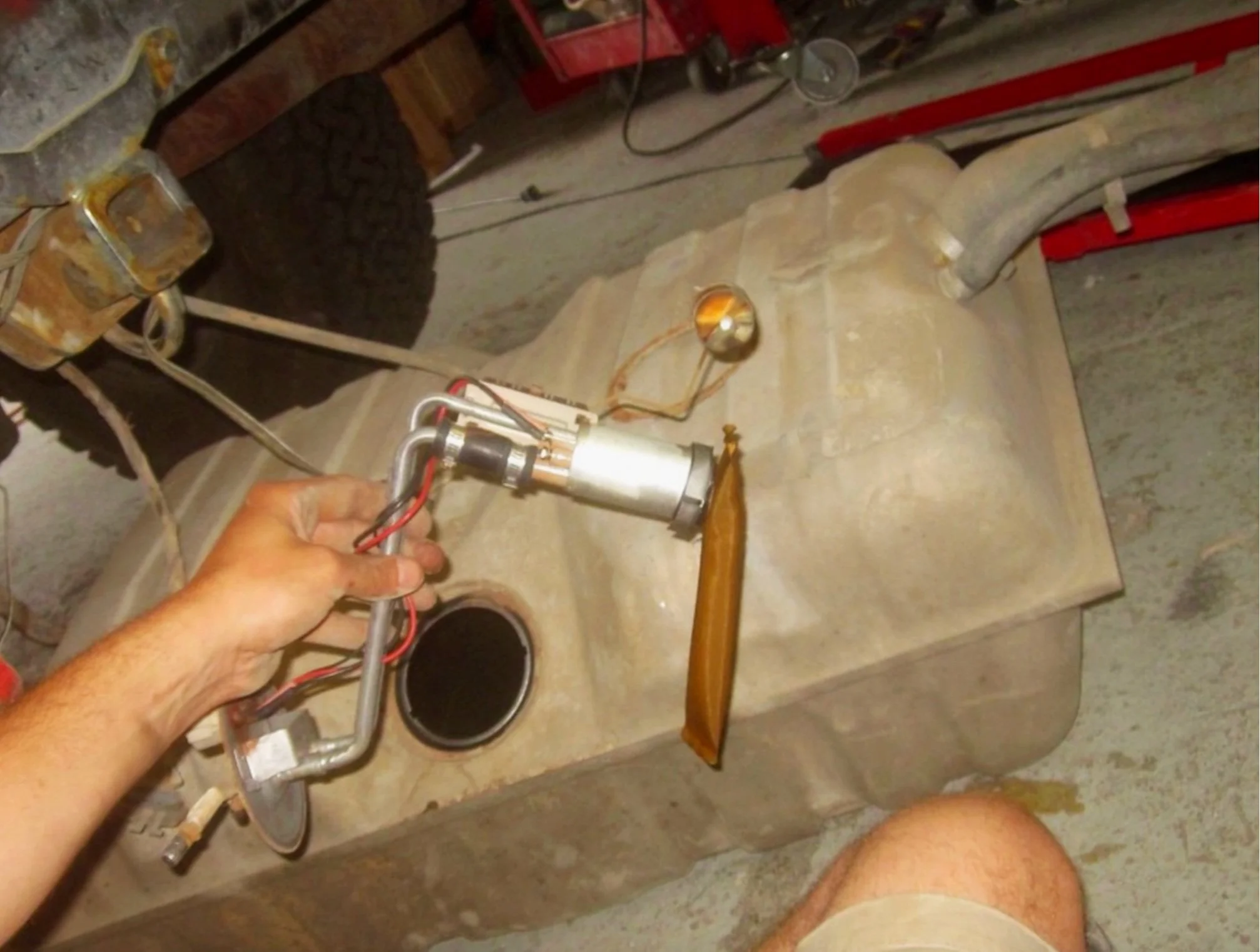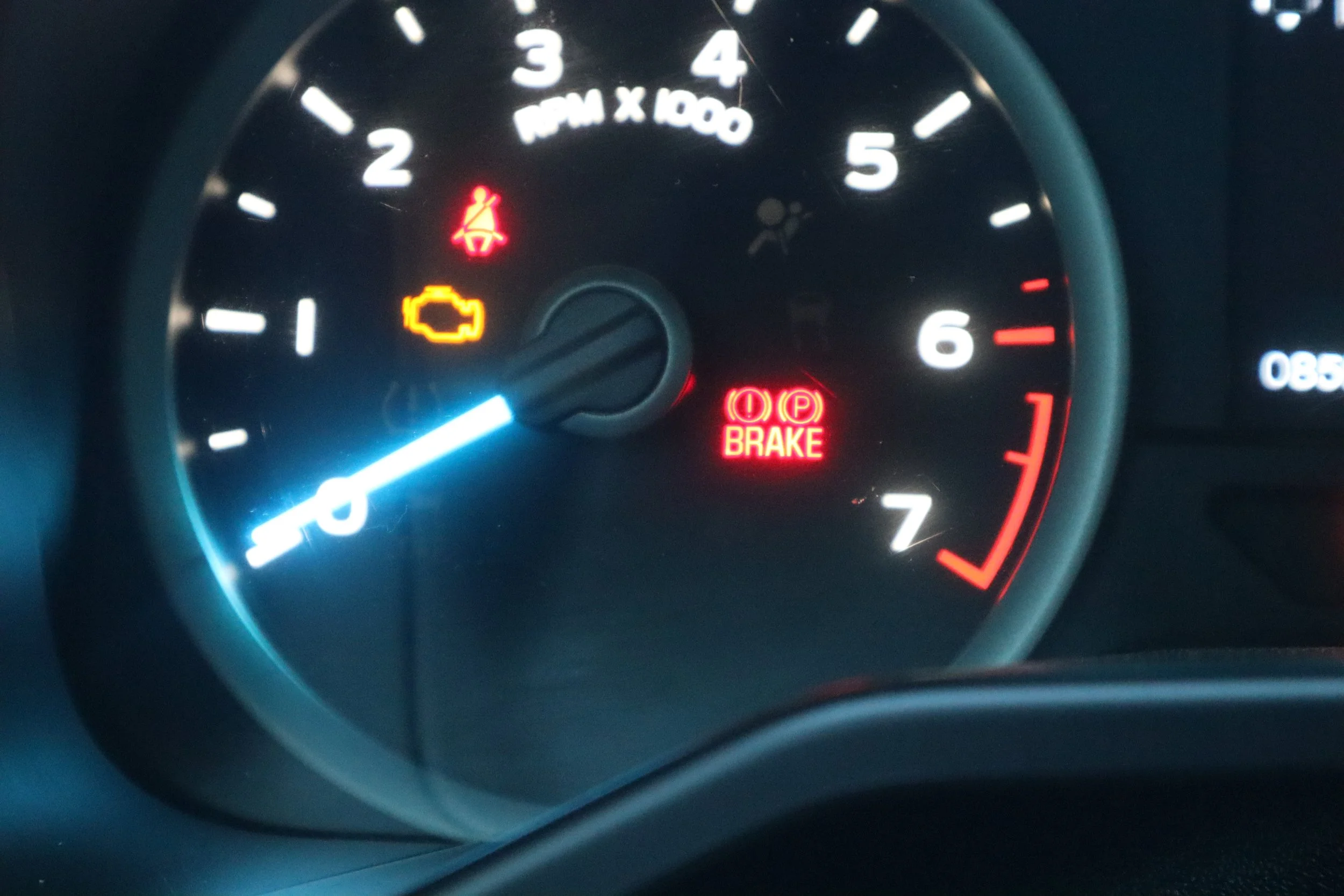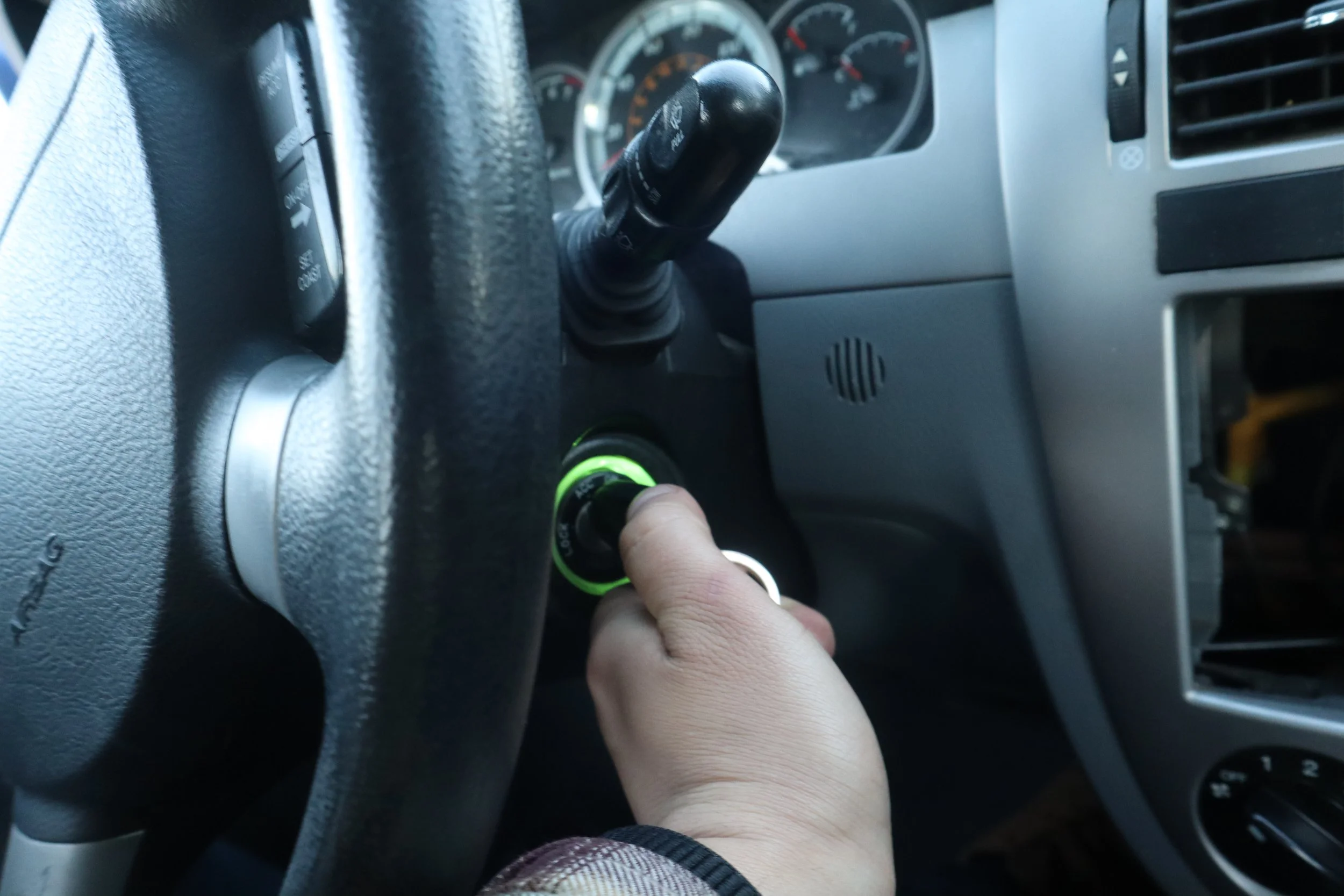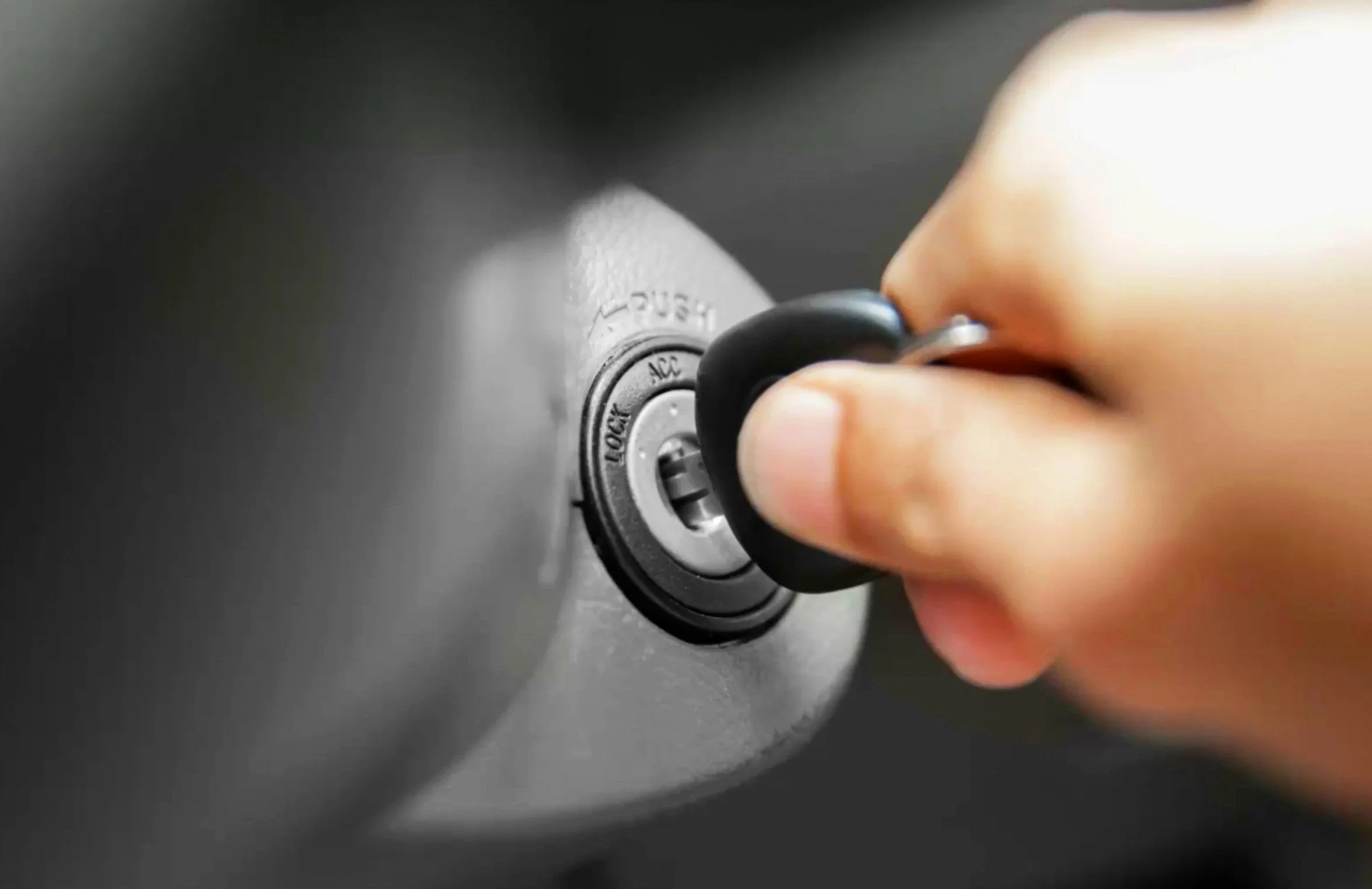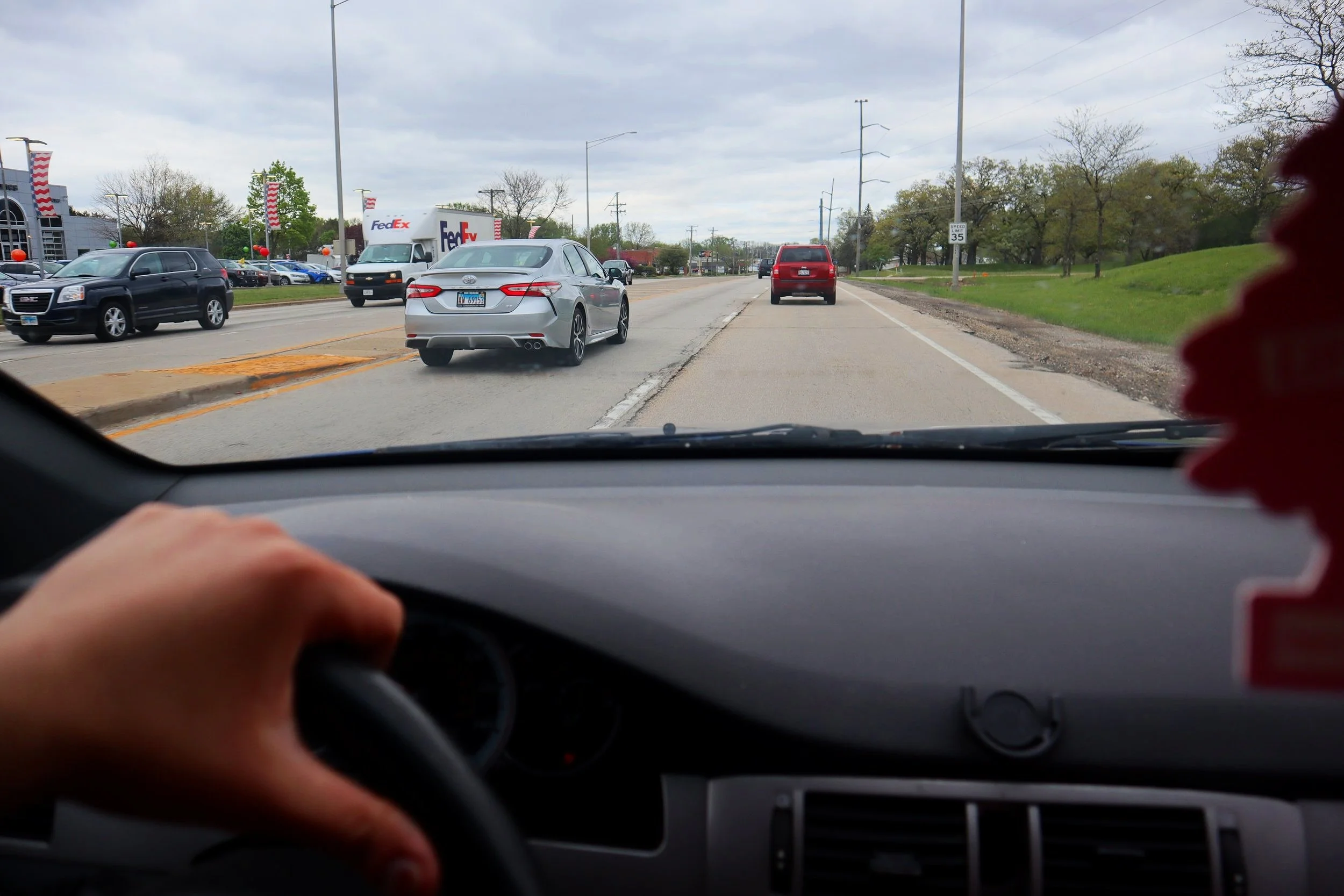5 SYMPTOMS OF A BAD FUEL PUMP
purpose
The purpose of the fuel pump is to transfer fuel from the fuel tank into the injectors, where they spray into the engine to mix with air and spark to create combustion.
location
For most cars, the fuel pump will be located inside the gas tank.
symptoms
engine light
The first symptom of a bad fuel pump is having the check engine light on. You might get a P0087 or P0190 code. Both of these codes indicate a lack of fuel pressure. It’s important to note that these codes are only triggered if your car has a fuel pressure sensor. Your car might not even have one so you won’t see the codes mentioned. However, you might get a P0171 for a lean condition. This means there's more air than fuel ratio in the combustion process. A lean condition is also known to cause multiple misfires, so you could retrieve a P0300, as well.
Ensure you can access your car's diagnostic codes by acquiring an OBD2 scanner here.
You can still have a faulty fuel pump with no check engine light, so let’s move on to the next symptom.
Crank but no start
The second symptom you might be experiencing is a crank but no start. You try to turn on your car and you hear a crank, meaning the starter is working properly to turn the engine. However, it won’t do anything because there isn’t enough fuel being pressurized in the system due to a defective fuel pump. In order for a car to start, it needs air, fuel, and a spark to start the combustion process.
long crank
The third symptom is a long crank (before starting). This can happen if the fuel pump is not completely dead yet but is starting to go bad. If the fuel pump starts getting weaker, the fuel transfer will take longer to pressurize the system. This will result in a longer crank before start-up.
loss of power
The fourth symptom is a loss of power. You could be pressing down on the gas pedal to increase the speed, but you can’t go as fast as you used to. Maybe at times, it feels like your engine is stuttering to increase speed. The reason for this is due to the lack of pressurized fuel coming from the fuel pump. Whenever the pedal is pressed down, the throttle plate opens up and brings in more air. When more air is increased, the ECM should be adding more fuel, meaning the fuel pump will need to keep up with the demand. A weak fuel pump will fail to keep up with the demand of air, leaving you with a lean condition. This is why your car is losing power.
stalling engine
The fifth symptom is your engine stalling. You might be driving on the highway and your engine randomly turns off. Or you could be like me, turning in an intersection and having your car turn off right in the middle, leading to an awkward staring contest. Well, thankfully the car turned back on and I went on my way. This could happen due to the lack of fuel being pressurized into the engine. Too much air and a lack of fuel coming from the fuel pump will cause multiple misfires to the point where your engine will stop turning. This will leave you with a stalling engine.
Before concluding that the fuel pump is the issue in your car, always start with the basics first. Check to see if your fuel pump fuse and relay are good. One way that can help you better diagnose to see if it’s the fuel pump is to buy a fuel pressure gauge. It will help you measure the fuel pressure. If it’s not within the specs recommended by your manual then you probably have a bad fuel pump.
A quick tip to help your fuel pump last longer is to not let the gas tank get below a quarter tank. The fuel acts as a coolant for the fuel pump while it’s running, keeping the motor cool and preventing it from overheating.
Check out my YouTube video!
Disclaimer: Some links in this article may be affiliate links.


